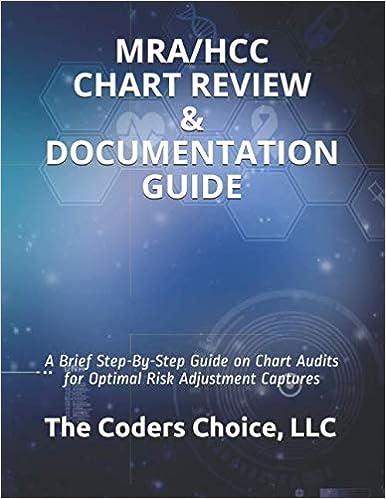Question
Joe owns a small company that is experiencing cash flow problems. Although his competitors require payment for services within 30 days, Joe provides his customers
Joe owns a small company that is experiencing cash flow problems. Although his competitors require payment for services within 30 days, Joe provides his customers up to 90 days with no interest. Joe works with reputable companies, provides top-quality services, and rarely encounters dissatisfied customers. His annual revenue this year will be about $1,500,000 and he expects a net income of $110,000 this year. The long collection period appears to have created the cash flow problem. The business has a $100,000 accounts receivable balance and the company needs more cash to pay current bills. He has recently negotiated a line of credit agreement with a local credit union that should solve the companys cash flow problems. The line of credit requires that the company pledge the accounts receivable as collateral and provides for a 12% interest rate based on the companys credit rating. The credit union offers line of credit interest rates between 5% and 18%, based on a companys credit rating and their opinion of a companys last two to three years financial statements. The credit union agreed to loan 70% of the receivables balance. Joe is satisfied with this arrangement because he estimates he needs approximately $45,000 to cover this months accounts payable. On the day they were first going to use the line, Joe heard from a business associate that the companys largest customer might declare bankruptcy. The customer owed the business $40,000. Joe is now concerned about the impact this would have on his line of credit. Joe uses the direct write-off method to recognize uncollectible accounts expense. Recognizing the uncollectible accounts expense would affect his income statement, he knows that the bank might further reduce the available credit by reducing the percentage of receivables allowed under their agreement. Joe will have to attest to the quality of the receivables at the end of the month to show that the terms of the agreement are being met.
1. Given their current accounts receivable balance, how much of the credit line can Joe access? Based on the facts presented, is this a material amount? Why or why not?
Step by Step Solution
There are 3 Steps involved in it
Step: 1

Get Instant Access to Expert-Tailored Solutions
See step-by-step solutions with expert insights and AI powered tools for academic success
Step: 2

Step: 3

Ace Your Homework with AI
Get the answers you need in no time with our AI-driven, step-by-step assistance
Get Started


